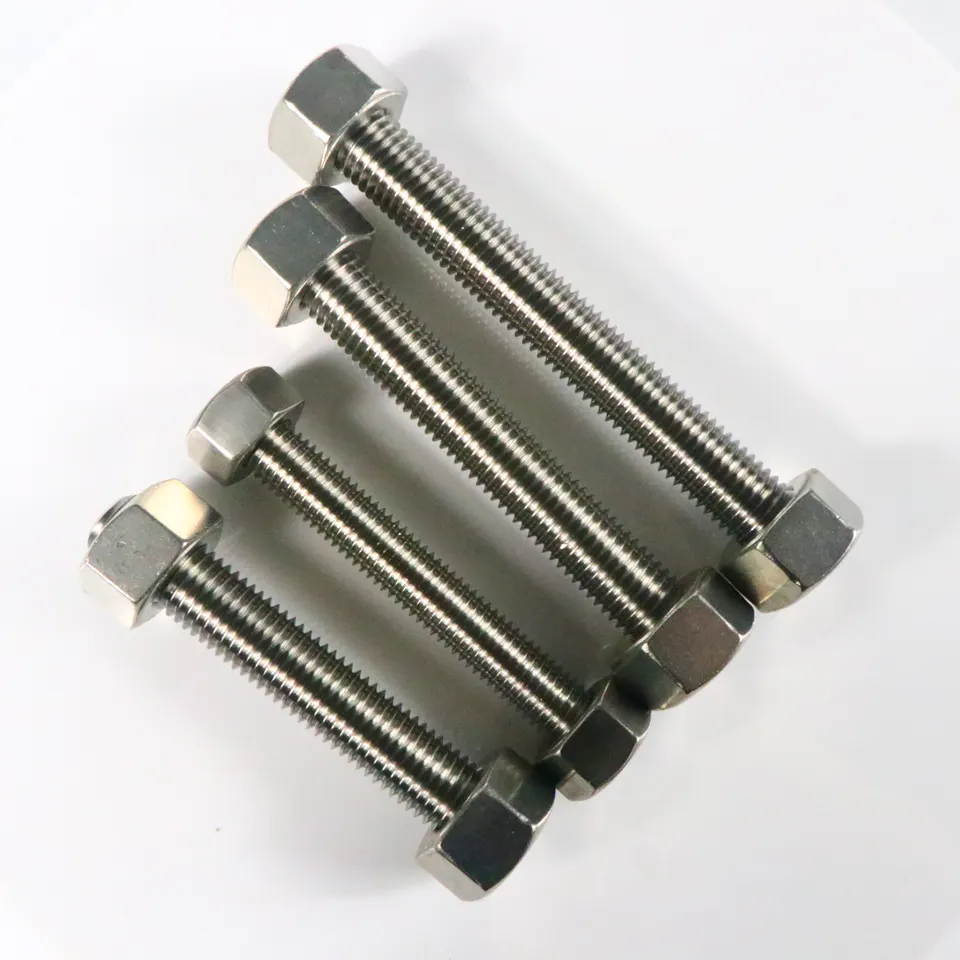Specification For Manufacturing Of Stainless Steel High-Strength Bolts
This article will first briefly introduce the concept and main application scenarios of stainless steel high-strength bolts, and clarify the key links and points in the processing process. In the following pages, we will discuss in detail each processing step, including material selection, preprocessing, manufacturing, and testing, which are crucial to ensuring the consistency and reliability of product quality.
Stainless steel high-strength bolts are an important fastener and are widely used in various equipment, steel structures, and buildings. Its high strength, corrosion resistance, beautiful appearance and durability make it very popular. During the processing process, in order to ensure product quality and reliability, processing specifications must be strictly followed.
Manufacturing specifications
1. Material selection.
The raw materials of stainless steel high-strength bolts should be high-quality stainless steel, such as 304, 316, etc. While considering material properties, it is also necessary to pay attention to parameters such as the material’s tensile strength, yield limit, and hardening index to evaluate the material’s processability and adaptability to various environmental conditions.
2. Pretreatment Pretreatment is a key step to ensure product quality.
First of all, for stainless steel materials, professional cleaning agents should be used to remove surface dirt and grease to prevent adverse effects on product quality during processing. Secondly, the raw materials must be cold drawn. The purpose of cold drawing is to increase the strength and hardness of the material.
3. Advanced equipment and process technology should be used during the manufacturing process, and various parameters should be strictly controlled to ensure stable product quality.
Precision cold heading mold and thread rolling mold are used to precisely control the diameter and length of bolts,
4. Testing To ensure that product quality meets the requirements, various testing equipment and methods should be used to strictly test the products.
A universal testing machine is used to test its mechanical properties; a hardness tester is used to detect its hardness level; a metallographic microscope is used to observe its microstructure, etc. Unqualified products should be reworked or scrapped in a timely manner to avoid affecting overall product quality.
This article briefly introduces the concept and application scenarios of stainless steel high-strength bolts, and focuses on the key links and points in their processing. Through reasonable material selection, pretreatment, manufacturing, heat treatment and testing, the product quality and reliability of stainless steel high-strength bolts can be guaranteed. In the actual production process, relevant specifications are strictly followed to avoid adverse effects on the overall product quality due to errors in one link. At the same time, unqualified products should be dealt with in a timely manner, experiences and lessons should be summed up, the production process should be continuously optimized, and production efficiency and product quality should be improved.


